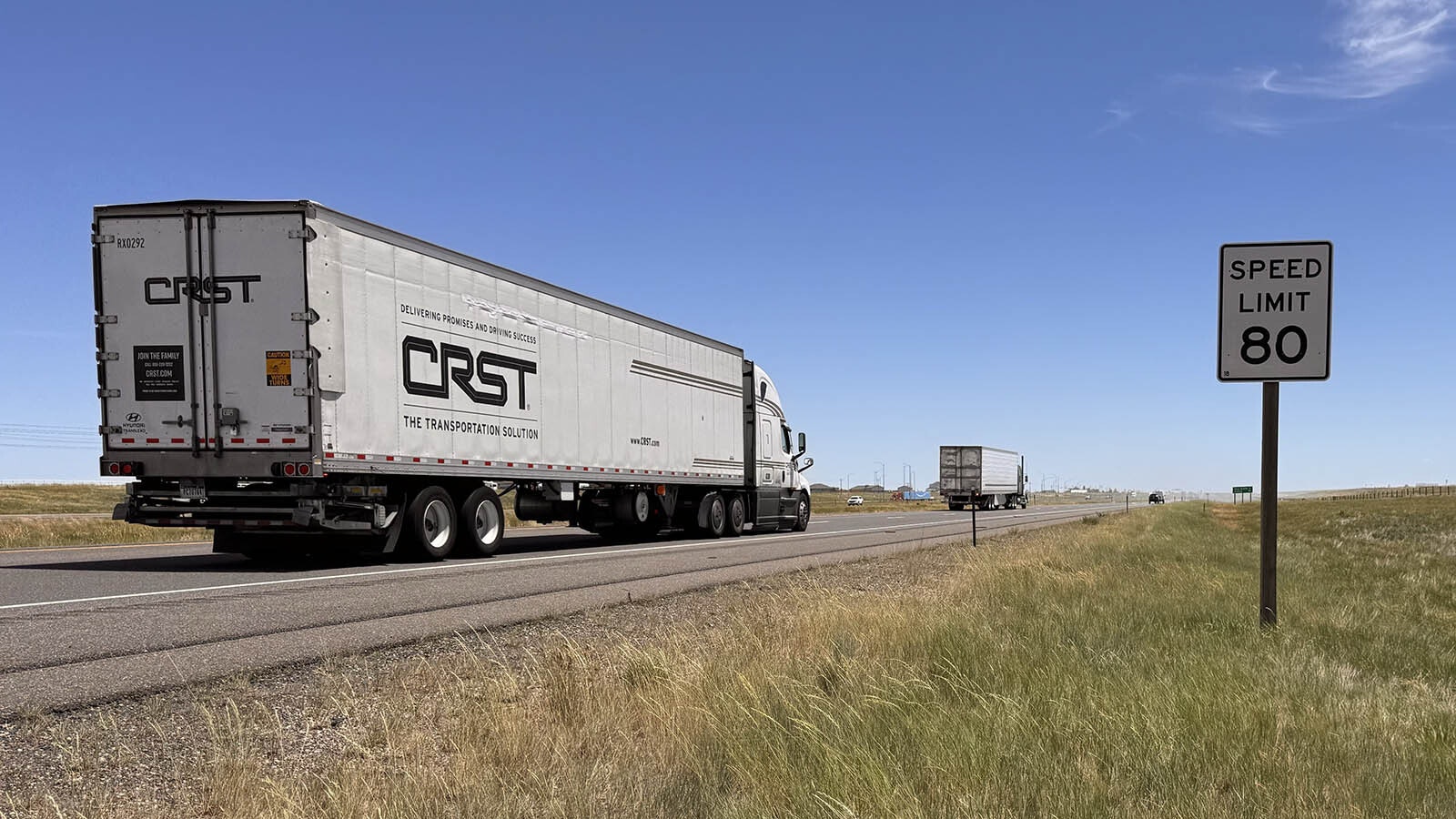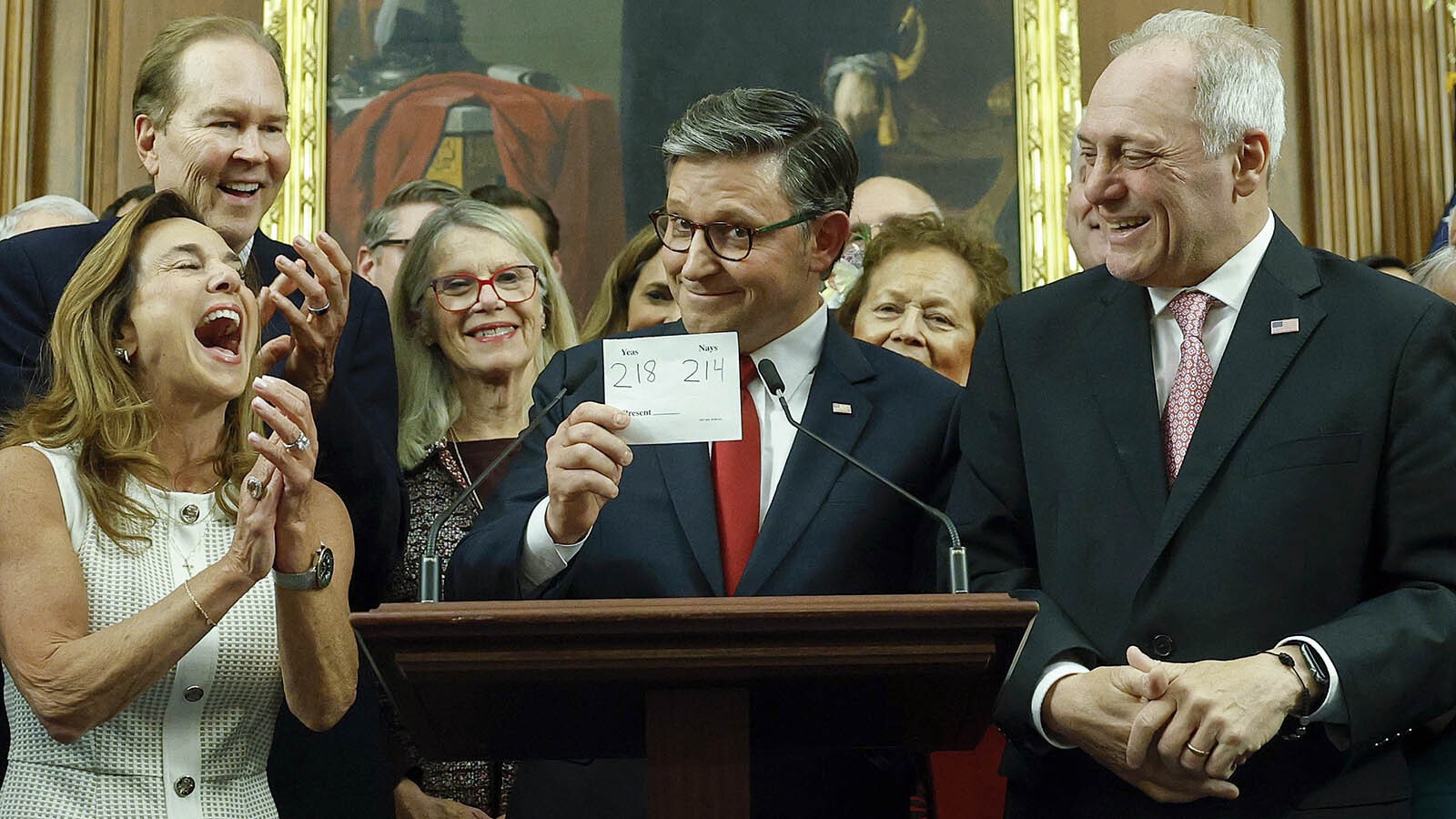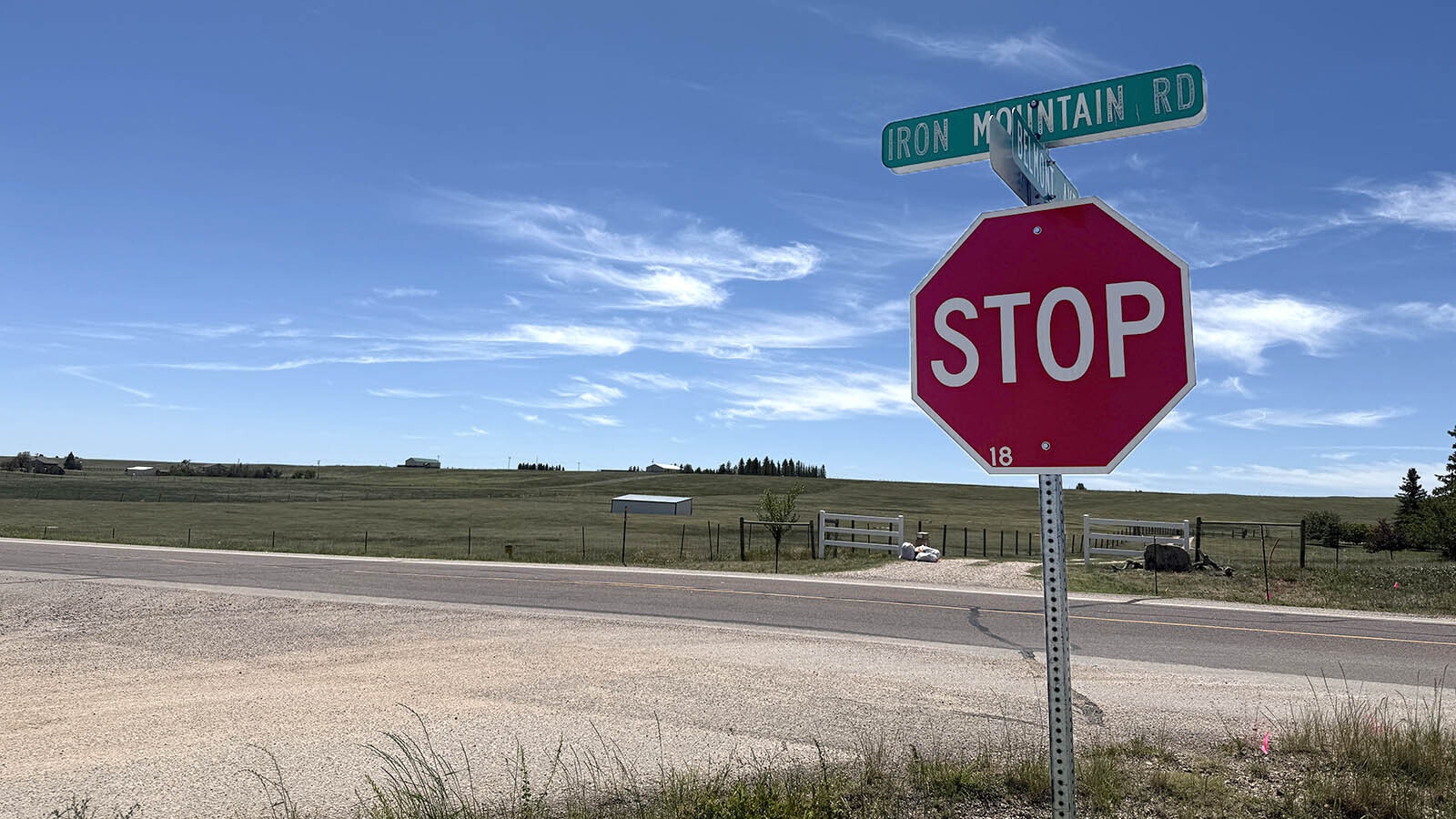In a major free-speech advocacy group’s Wednesday report on how well public and private universities safeguarded students' speech rights with their current policies, the University of Wyoming ranked worse than Harvard.
Apparently, that takes some doing when it comes to free speech on campus.
Harvard received “abysmal” rankings in another report by the same group last year, with 26% of its surveyed students saying they self-censor themselves throughout the week, and reporting difficulty discussing hot-button topics, the Boston Herald reported.
But UW is improving. The new report by Foundation of Individual Rights and Expression (FIRE), calls out the school in a positive light for adopting a statement of free expression and institutional neutrality late last year.
UW has been in FIRE’s “red-light,” or worst category since the organization first started rating its policies in 2012. Schools fall into the red category when they maintain policies that clearly and substantially restrict free speech, says the report.
UW’s sexual harassment policy puts it in the red-light category, FIRE Director of Policy Reform Laura Beltz told Cowboy State Daily on Tuesday.
The student sexual-harassment policy bans “unwelcome or coercive … verbal or physical conduct or communication of a sexual nature.”
That policy does punish sexual harassment, but it could also be broad enough to punish students for protected speech, like an off-color joke or a slogan on a protest sign, Beltz said.
UW has two more policies that aren’t quite red-light, but would rank in the second-worst “yellow-light” category because they do not tightly track the U.S. Supreme Court’s definition of speech that crosses from the protected realm into the harassment realm.
The high court categorizes as student harassment conduct so severe, pervasive and objectively offensive that it effectively deprives the victim student of an education.
UW’s harassment and bullying policies “get closer to the Supreme Court’s standard, but ban only severe or pervasive conduct,” wrote Beltz in a follow-up email to Cowboy State Daily.
Working On It
In UW’s response to the report, the university said it is “great to learn” that FIRE has recognized its 2023 statement on free expression and institutional neutrality. That statement grew from UW President Ed Seidel’s Working Group on Freedom of Expression, Intellectual Freedom and Constructive Dialogue.
The working group also recommended UW review its policies and procedures going forward to be consistent with free-speech principles, says UW’s statement, sent Tuesday to Cowboy State Daily.
“We are in the midst of the process to identify those policies and work to modify them, if needed,” says UW’s statement. “Those included the policies flagged by FIRE.”
UW’s free-speech proclamation from last year says the institution seeks to pursue academic freedom and integrity, and the open, civil and constructive exchange of ideas.
“The university is the home and sponsor of critics; it is not itself the critic,” says the proclamation, quoting from an earlier report on institutional neutrality.
But In Practice …
Both Beltz and FIRE’s report noted that the report doesn’t take into account how each university applies its policies. Only what the policies say.
Harvard may have ranked better than UW in the new report, landing a yellow-light designation instead of Wyoming’s red light. But one recent anecdotal account by an outsider ranks UW higher.
Riley Gaines, a controversial women’s-rights speaker who visited both schools within days of each other in October 2023, told Cowboy State Daily at the time that the atmosphere at Harvard was oppressive, whereas UW was welcoming.
Professors and campus officials sent out emails and what she called “myths” about Gaines ahead of her visit, in an attempt to galvanize hostility against her and ultimately limit her reach, she said.
Polarizing
Of the 489 schools in FIRE’s report, 98, or 20%, ranked in the red-light category. It’s the second year in a row the category grew, reversing a 15-year trend of decreasing percentages of red-light schools, the report says.
There were 320, or 65.5% of schools, ranking in the yellow-light category.
There were 63 schools, or 12.9%, earning the best ranking of “green light,” and eight schools, or 1.6%, earning a blue-light “warning” rating for not promising free speech rights to students.
Both the number of red-light and green-light schools increased slightly from last year, while the middle-ground yellow-light category shrank somewhat.
Beltz said the shrinking middle category could indicate schools taking a polarized approach, “either getting much better or much worse” on student speech freedom.
Overbroad harassment policies are the biggest culprit placing schools in the red and yellow categories, the report says.
Other problem policies across the nation include authoritarian civility policies, bias reporting policies, protest and demonstration policies, online posting policies and technology usage policies, says the report.
Correction - An earlier version of this story mistakenly called the Foundation for Individual Rights and Expression (FIRE) Freedom for Individual Rights and Expression.
Clair McFarland can be reached at clair@cowboystatedaily.com.





